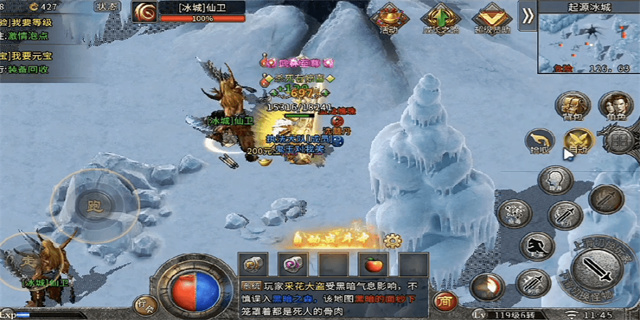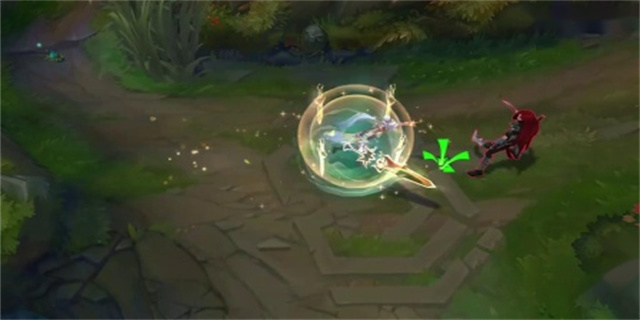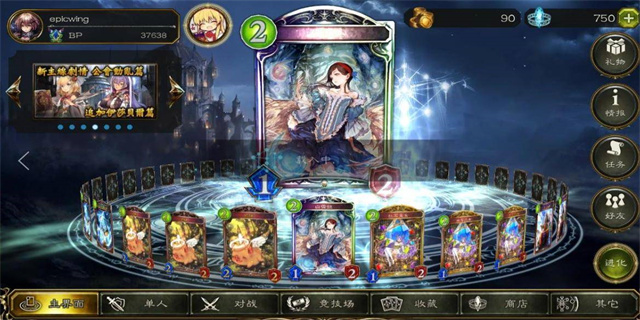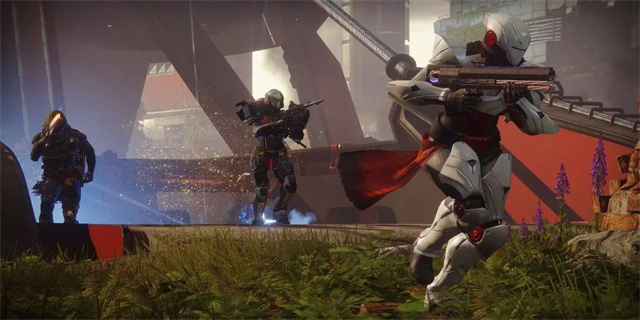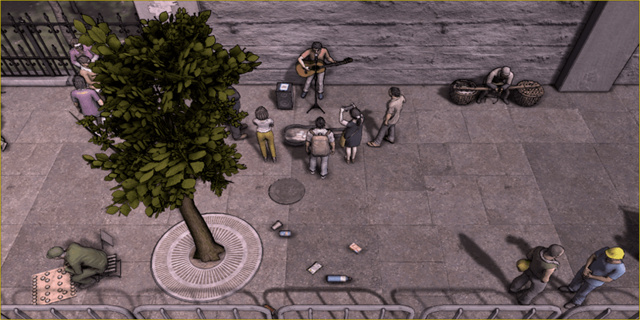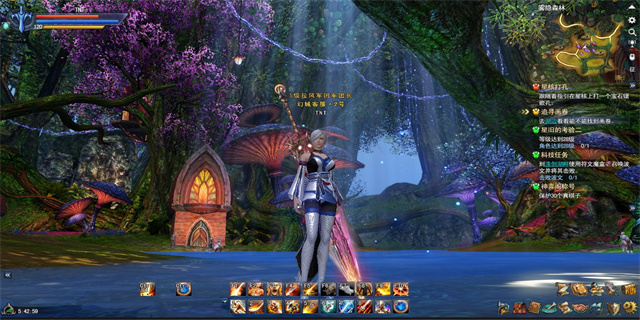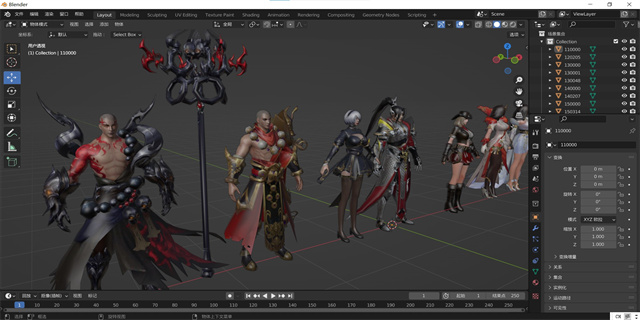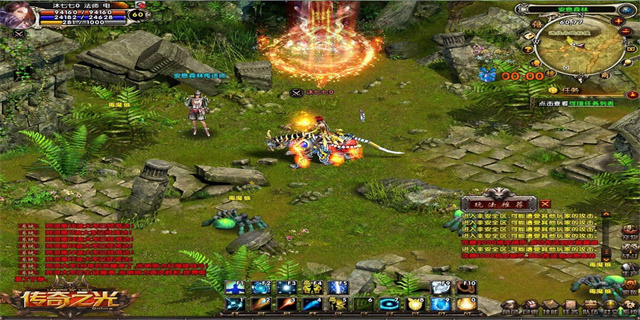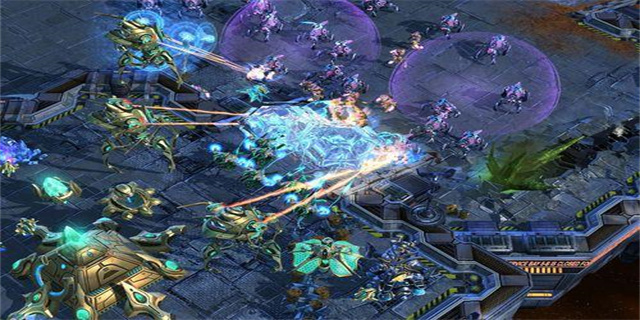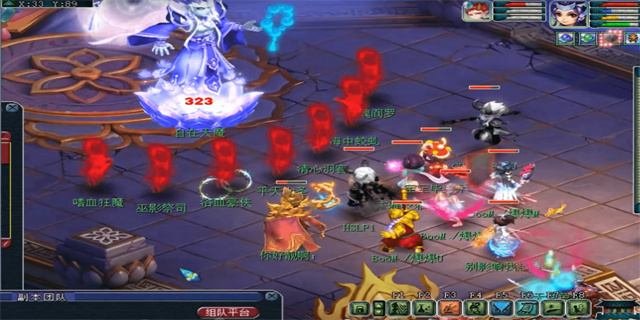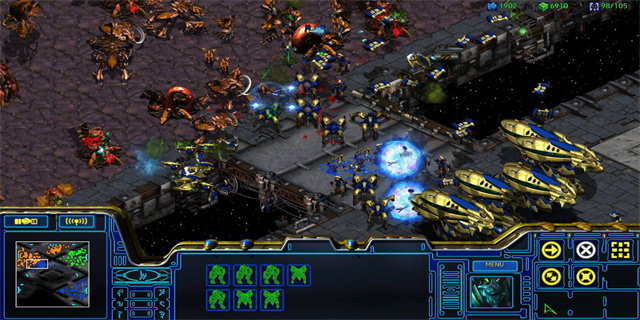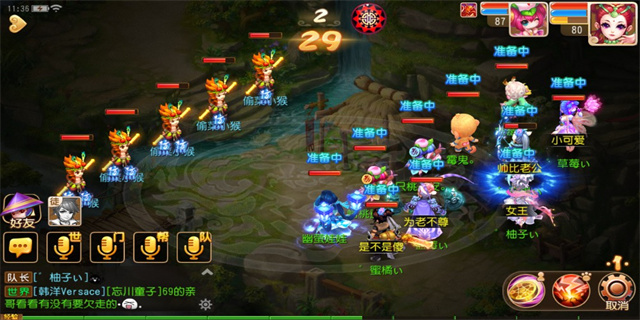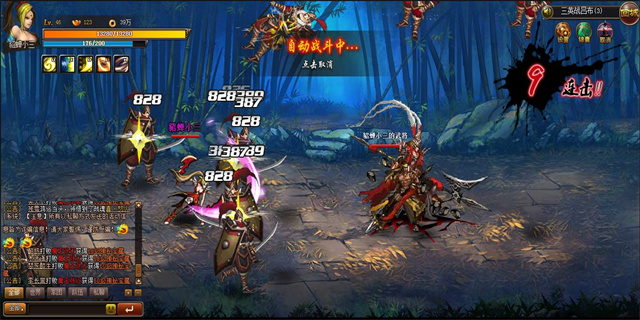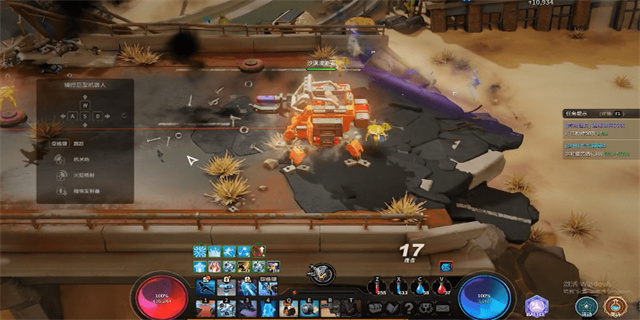firerate(Exploring the Fire Rate of Weapons)
Exploring the Fire Rate of Weapons
Introduction
The fire rate of weapons is a critical aspect that determines the efficiency and effectiveness of firearms in combat. It refers to the number of rounds fired per minute and plays a crucial role in various scenarios, such as military combat, law enforcement, or even recreational shooting. Understanding the factors that influence firerate, as well as its impact on accuracy and firepower, is essential for both firearm enthusiasts and professionals in the field.
Factors Influencing Fire Rate
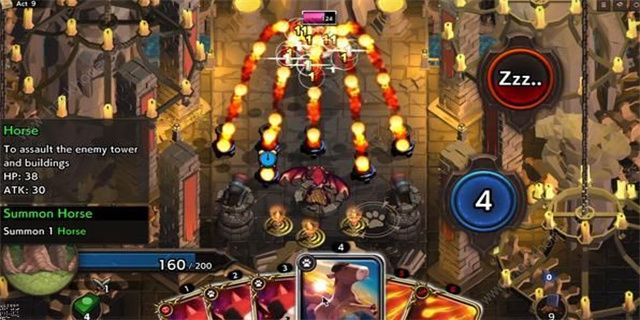
1. Mechanism and Design:
The mechanism and design of a firearm are key factors that influence its fire rate. The most common mechanisms include semi-automatic, burst fire, and fully automatic. Semi-automatic weapons fire one round per trigger pull, while burst fire firearms shoot a fixed number of rounds per trigger squeeze, typically three or four. Fully automatic weapons, on the other hand, continue to fire as long as the trigger is held down.

The design of the firearm also affects fire rate. Factors such as the weight of the bolt and the strength of the recoil spring play a role in how quickly the weapon can cycle and reset for the next round. Lighter bolts and stronger recoil springs generally result in faster fire rates.

2. Ammunition Capacity:
The capacity of the firearm's magazine or chamber determines how many shots can be fired before reloading. Higher-capacity magazines allow for more rounds to be fired consecutively, increasing the fire rate. However, it is essential to consider the balance between capacity and firearm weight, as heavy magazines can impact maneuverability and overall handling of the weapon.
3. Training and Technique:
The skill and training of the shooter also play a significant role in fire rate. Experienced shooters can manipulate certain techniques to improve their speed and accuracy. For instance, the controlled application of trigger finger pressure, known as the \"trigger reset,\" allows for faster follow-up shots while maintaining precision. Additionally, proper stance, grip, and sight alignment contribute to effective recoil management and quicker target reacquisition.
Impact on Accuracy and Firepower
1. Accuracy:
While fire rate is undoubtedly important, it can have a negative impact on accuracy if not properly managed. Rapid shooting can result in decreased stability and control, leading to a higher likelihood of missed shots. Accuracy is best achieved by finding a balance between a weapon's fire rate and the shooter's ability to maintain control and accuracy while firing. This is where proper training and technique come into play.
2. Firepower:
The fire rate directly affects the overall firepower of a firearm. A higher rate of fire allows for a greater number of rounds to be fired within a specific time, making it more effective in suppressing enemy positions or engaging multiple targets rapidly. However, it is important to consider that increased firepower also means a higher ammunition consumption, necessitating frequent reloading or carrying additional magazines.
Conclusion
The fire rate of weapons is a critical factor that influences their efficiency and effectiveness in combat or other shooting scenarios. Several factors, including the firearm's mechanism, design, ammunition capacity, and the shooter's training, can significantly affect the fire rate. It is crucial to strike a balance between fire rate, accuracy, and firepower to ensure optimal performance. Whether you are a military professional, law enforcement officer, or a recreational shooter, understanding and considering the fire rate of a firearm is essential for achieving desired results and staying safe in any shooting situation.
Exploring the Fire Rate of WeaponsIntroduction The fire rate
2024-06-15

